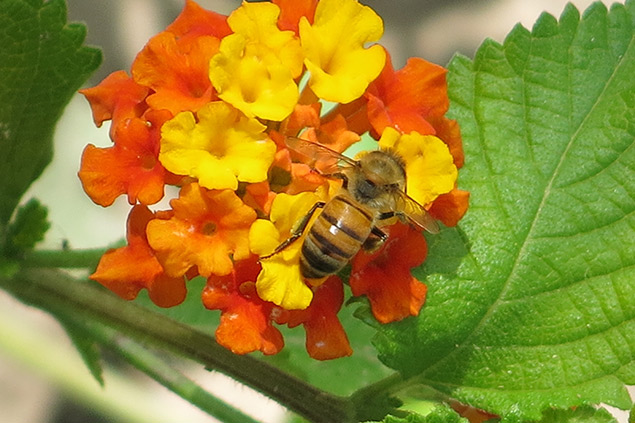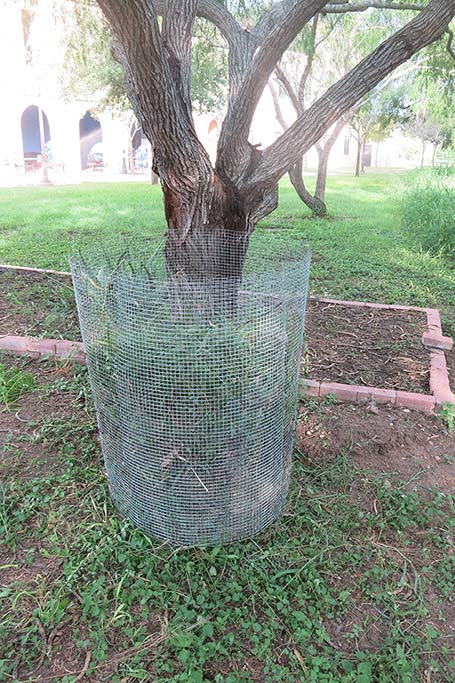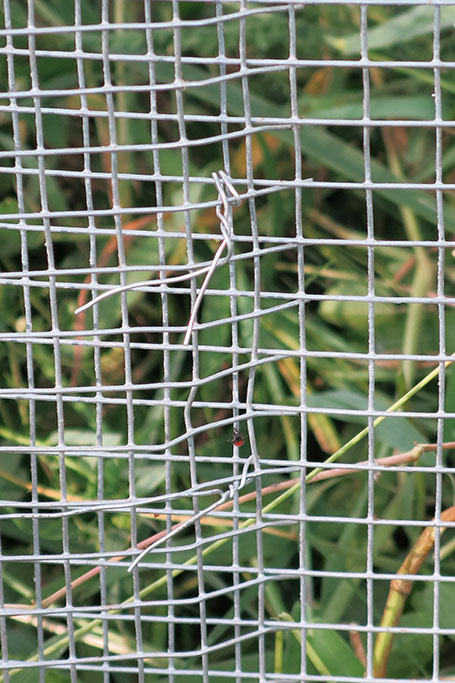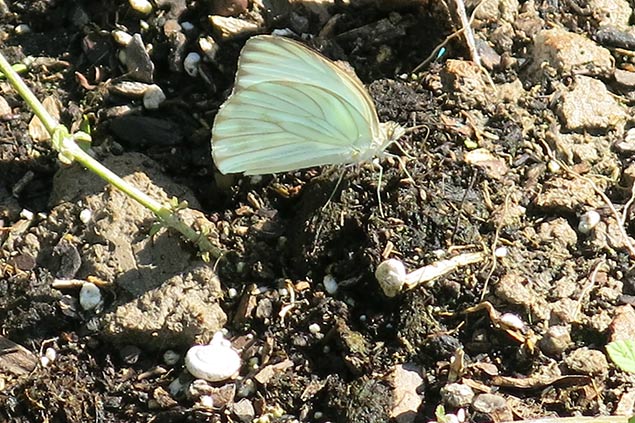Make an impact with your garden
Choose native plants
If you have flowers in your yard, but do not see a lot of pollinators or birds, it could be because those plants are not an enticing food for pollinators. Also, many flowering plants used in landscaping have been selected for the color or shape of the flower rather than the amount of nectar they provide. For example, unlike the native Texas lantana, many of the widely sold lantana plants do not provide good nectar. A simple way to increase the number of pollinators visiting your yard is to use plants that are native to this area. Many butterfly caterpillars only eat one kind of plant, such as the American Snout on hackberry, the monarch on milkweed and fritillary butterflies on passion vines. There are many beautiful and easy to care for plants that are native to the lower Rio Grande Valley. Examples can be found in the Pollinator Cantina garden, and a plant list and more information is provided under the "plants" section.
Some native plants can be purchased at large home improvement stores. Here is a list of nurseries that provide many types of native plants:

Composting
You can purchase or make a composter or use a compost heap to return your kitchen scraps and garden waste into food for your garden.
Download the guide on how and what to compost.
However, making a simple composter for small yard waste does not have to be complicated. Simply use galvanized mesh (also known as hardware cloth) to make a cylinder. You can use wire ties or zip ties to secure the ends. Put garden waste in the top and, every four months or so, tip the cylinder to rake out the compost that forms on the bottom. We are using this simple type of composter in the Pollinator Cantina.


To get the Pollinator Cantina started, compost was provided by the City of McAllen (thank you!).
View information on Composting with the City of McAllen.
A puddling station
You may see butterflies on the ground sucking up mud. This puddling behavior is so the butterflies can absorb necessary minerals from the mud. Other pollinators also need to collect water. Although there are a lot of resacas around, insects cannot land on the water. Make a small muddy patch in your garden to attract butterflies. Some suggestions for puddling stations are:
- Having a fountain splash on to the ground.
- Filling a bird bath up with gravel and dirt (the top a bird bath can be set on the ground or buried in the dirt).
- Even a small dish can be filled with rocks and dirt, as long as you remember to add water.

Drip irrigation
Installing drip irrigation conserves water and reduces the amount of time spent hand watering trees and shrubs. Watch a video on installing drip irrigation from SARA UTRGV:
